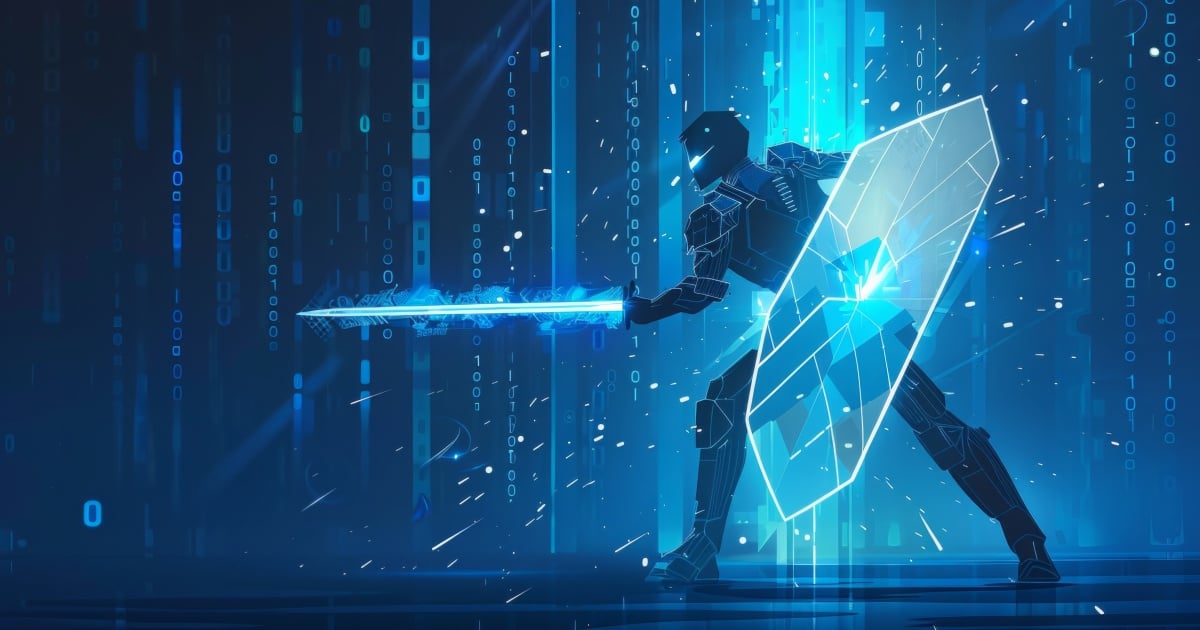With more smart devices entering the Internet of Things, (IoT), some sectors and industries are adopting this technology at a faster rate than others. Case in point: law enforcement agencies, which are rapidly increasing their use of IoT in an effort to improve their valuable service to the public.
Smart Driving Permits
France was one of the first nations to adopt IoT for national safety in 2013. Prior to the introduction of smart cards, which replaced traditional driver's licenses, officials estimated that up to 10 percent of all driving permits were made by skilled counterfeiters. As a result, unlicensed drivers and identity theft were difficult to contain in that European nation.
The new driver's licenses in France are equipped with chips that store biometric data in an encrypted format that synchronizes with national law enforcement databases.
Smart Guns
In the wake of various police shootings in the United States, law enforcement officials are investigating the phenomenon of officers firing their weapons at suspects who would normally be perceived as low-risk threats.
One of the solutions being proposed to monitor officers on patrol involves the analysis of data collected during situations when weapons are used. To this end, law enforcement analysts are looking into "smart guns," which are pistols equipped with IoT components such as GSM and Bluetooth chips as well as motion sensors that can provide information useful to ballistics experts and forensics investigators. The data is uploaded to IoT servers where a quick algorithmic assessment of the situation can be conducted and a signal can be transmitted to the officers on the scene by means of the machine-to-machine (M2M) protocol.
Data uploaded by smart guns cannot be tampered with as it is encrypted and transmitted via a secure protocol; in other words, the shooting incident can be explained in court by IoT technology instead of being told by unreliable witnesses.
Smart Patrol Cars
In the United States, the insurance industry relies on data collected by law enforcement agencies. From accident data to information about traffic citations, insurance company actuaries perform statistical analysis that underwriters review to set premium rates.
With the right leverage of IoT technology, affordable insurance costs have a strong potential for all drivers. Patrol cars that respond to vehicular accidents can be made smarter thanks to cameras, sensors, scanners, routers, and M2M applications that communicate with cloud databases in real-time.
An example of how IoT technology and the smart patrol car of the future may help the insurance industry would be as follows:
A police dispatch center receives a report of a hit-and-run accident on a busy roadway. The smart patrol car assigned to investigate begins checking license plates en route to the scene by means of a rooftop plate scanner, which must connect to mobile Internet and establish a link with a motor vehicle database. The purpose of scanning license plates is to get vehicle descriptions from the database so that another hit-and-run driver can be located.
Once on the scene of the accident, officers can begin their investigation, which will be digitally recorded by the body cams they are obligated to wear. Although most people associate body cams as a measure to prevent officer misconduct and police brutality, they are powerful investigative tools.
With the data collected and compiled by law enforcement agencies in relation to motor vehicle accidents, policy premiums can be adjusted to reflect the actual cost of insuring against damage, injury and general risk. Similar to the body cameras worn by police officers, insurance adjusters and investigators working for some companies are wearing Google Glass computers to record their assessments of accidents and damage claims.
Edited by
Alicia Young





